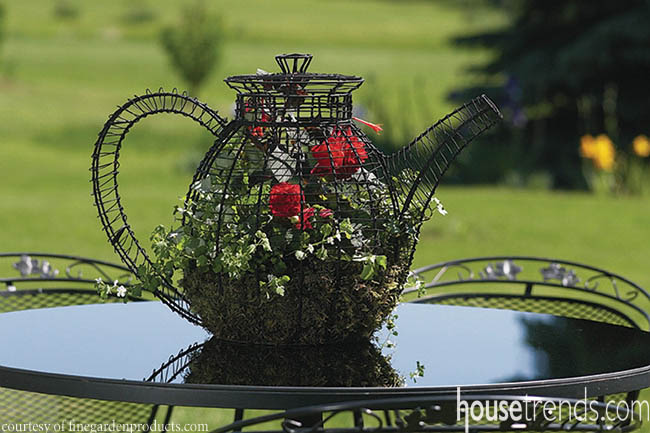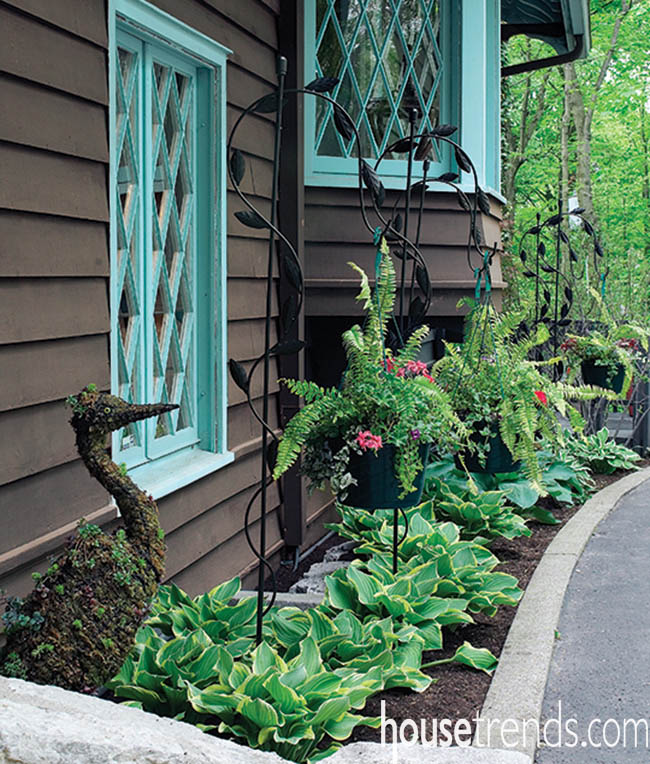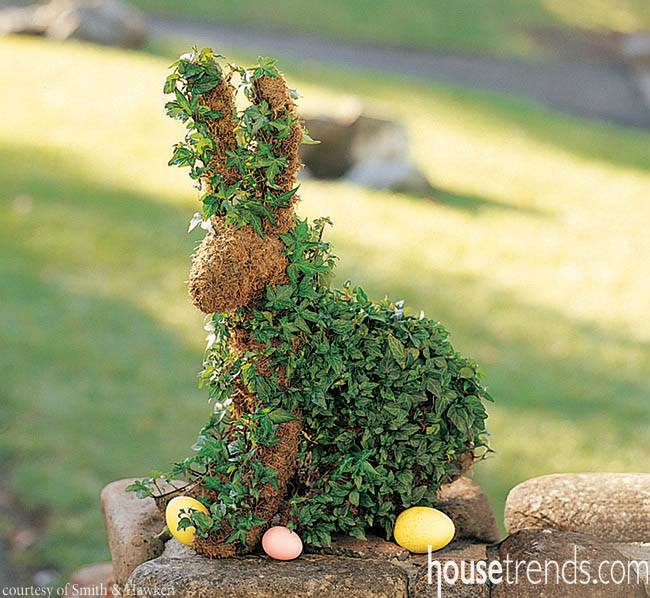Images of Edward Scissorhands’ massive sheers frantically creating animal shapes in the back yards of suburbia seemed odd when the movie was released in the late-eighties. However, the topiaries have gone to the birds. Animal shapes have become a trend in yard art and landscapes across America as a way for homeowners to express their own personal style.
Topiaries have been notorious for fading in and out of popularity throughout history. The Roman Empire began clipping Mediterranean cypress and native boxwood, the two most common plants used during the seventeenth century, and the art form reached high popularity in northern Europe. The topiary’s popularity took a nose dive during the eighteenth century when landscapers wanted to leave trees and shrubs in their natural form. Today, topiaries are popular in both North America and Europe. The North Americans have added their own twist to the art of topiaries by creating animal shapes out of wire frames filled with moss and a growing medium, such as ivy.
There are two major types of topiaries out there, shrub topiaries and sphagnum topiaries. Shrubs grow slower than sphagnum, so they can take anywhere from three to ten years to complete. Sphagnum, or moss, topiaries are produced much faster—in as little as three months.
Shrub topiaries should be constructed out of naturally full, fast-growing shrubs that prune well. Regular shearing is required once these topiaries are mature to maintain their shape. Shrub topiaries tend to be more formal in nature, so the classic ball topiary would be appropriate.
Sphagnum moss topiaries can be covered with any plant with a trailing habit, such as ivy. Although they are less formal, moss topiaries still require shearing to maintain their shape. Moss topiaries are whimsical, so they are good for creating animal figures in a backyard jungle habitat.




